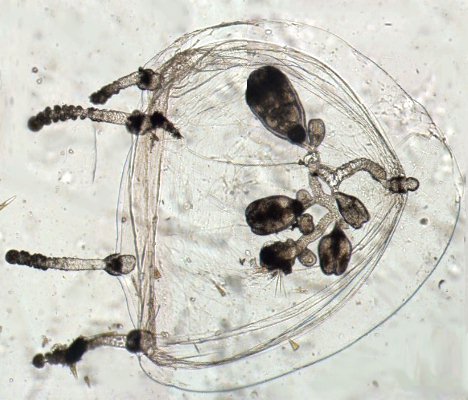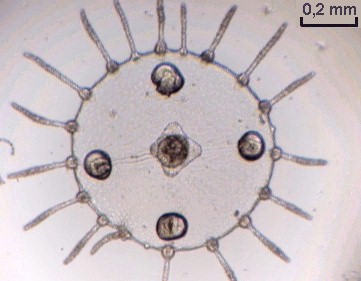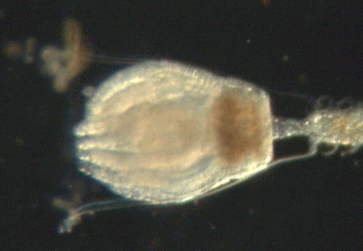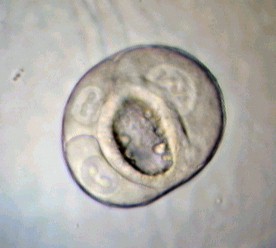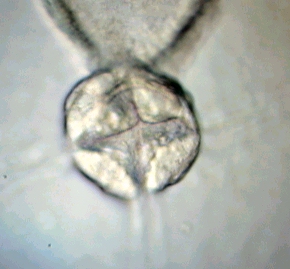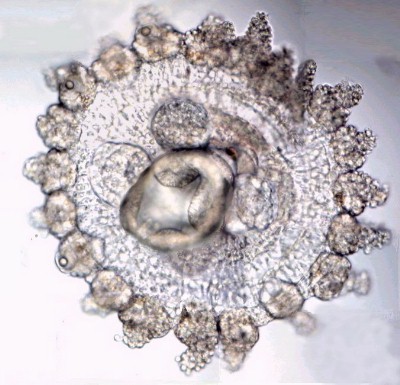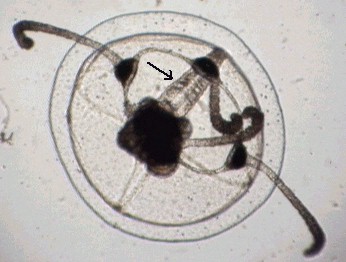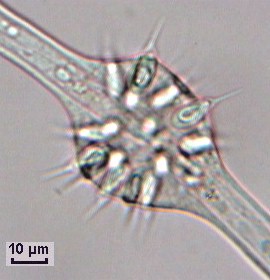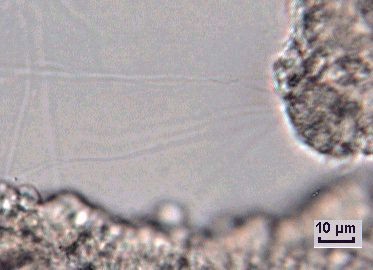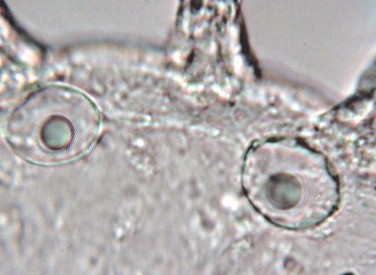| The
same organisms often have various names in different languages or cultures.
An example are jellyfishes. Literally the English word seems to suggest
a sort of fish with a translucent and light body,.... like gooseberry jelly
on our plates!
In French, jellyfishes are called: Meduse (Medusa in Latin). Why??? Remember in mythological times, there was the three gorgons living near the Hesperides Garden and one of them was called Medusa: she had snakes in her hair and the poor humans who met her gaze were turned into stone. She was defeated by Perseus, and he gave Medusa's head to the goddess Athena who used it to protect the town of Athens. But these legends are not so far from the reality; indeed jellyfishes have long pendant tentacles which seem to be hairs, and when a fish, for example, touches one of them, poisonous stings inject paralyzing toxin into its flesh ... (the fish don't become a stone but they can't move though!) |
|||||
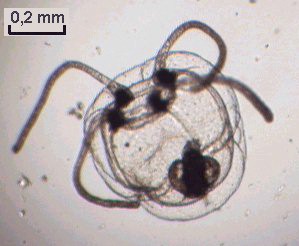 |
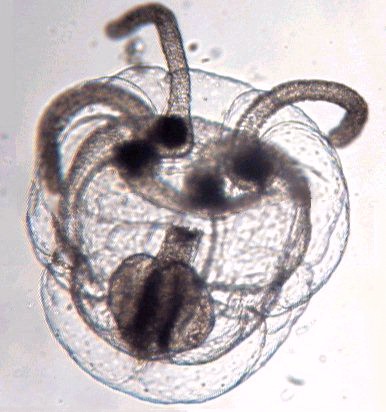 |
||||
|
|
|||||
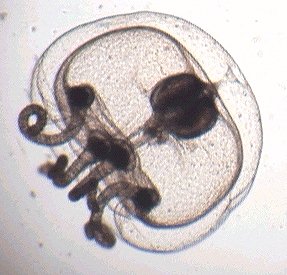 |
Side view of hydromedusa |
||||
